Top Nutrition Myths Debunked: Facts You Need to Know for a Healthier You
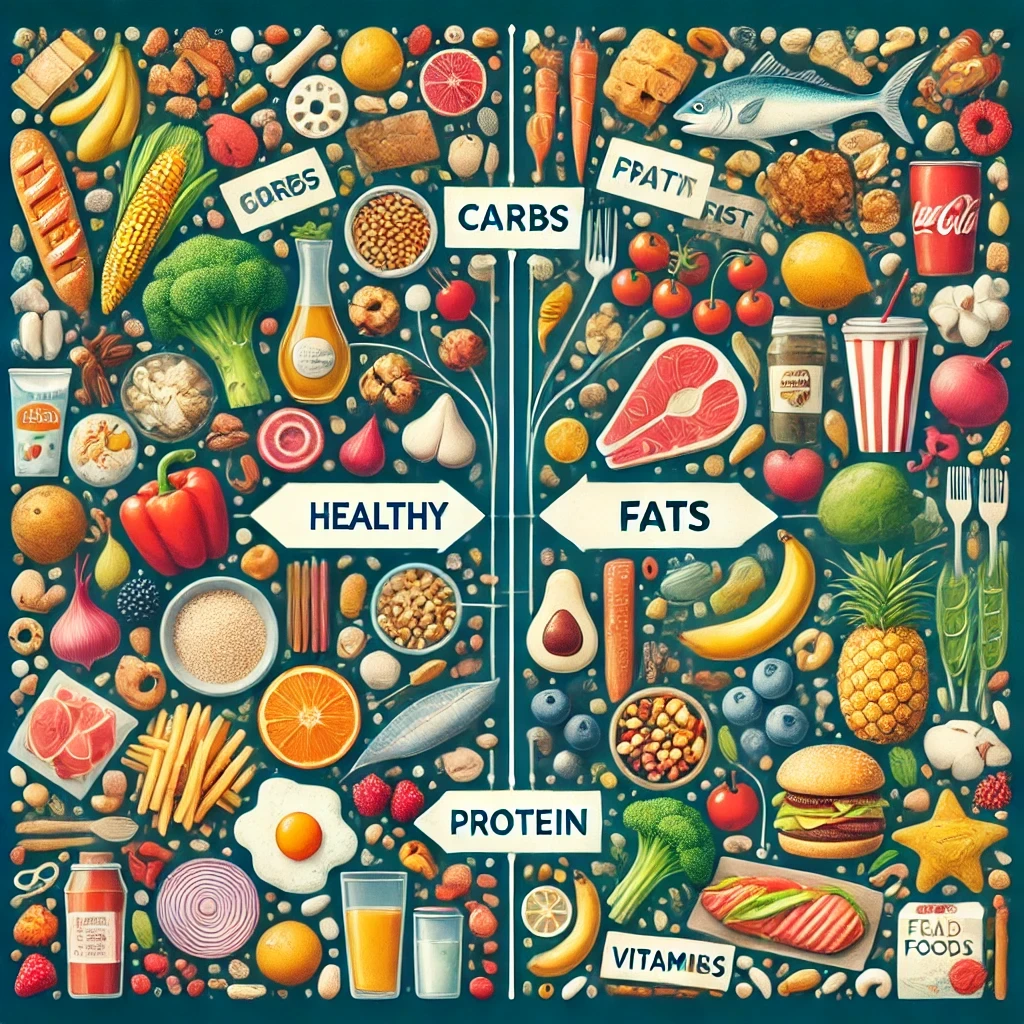
When it comes to eating healthy, there’s a lot of confusion out there. With so much advice on social media and from different diets, it can be hard to know

When it comes to eating healthy, there’s a lot of confusion out there. With so much advice on social media and from different diets, it can be hard to know
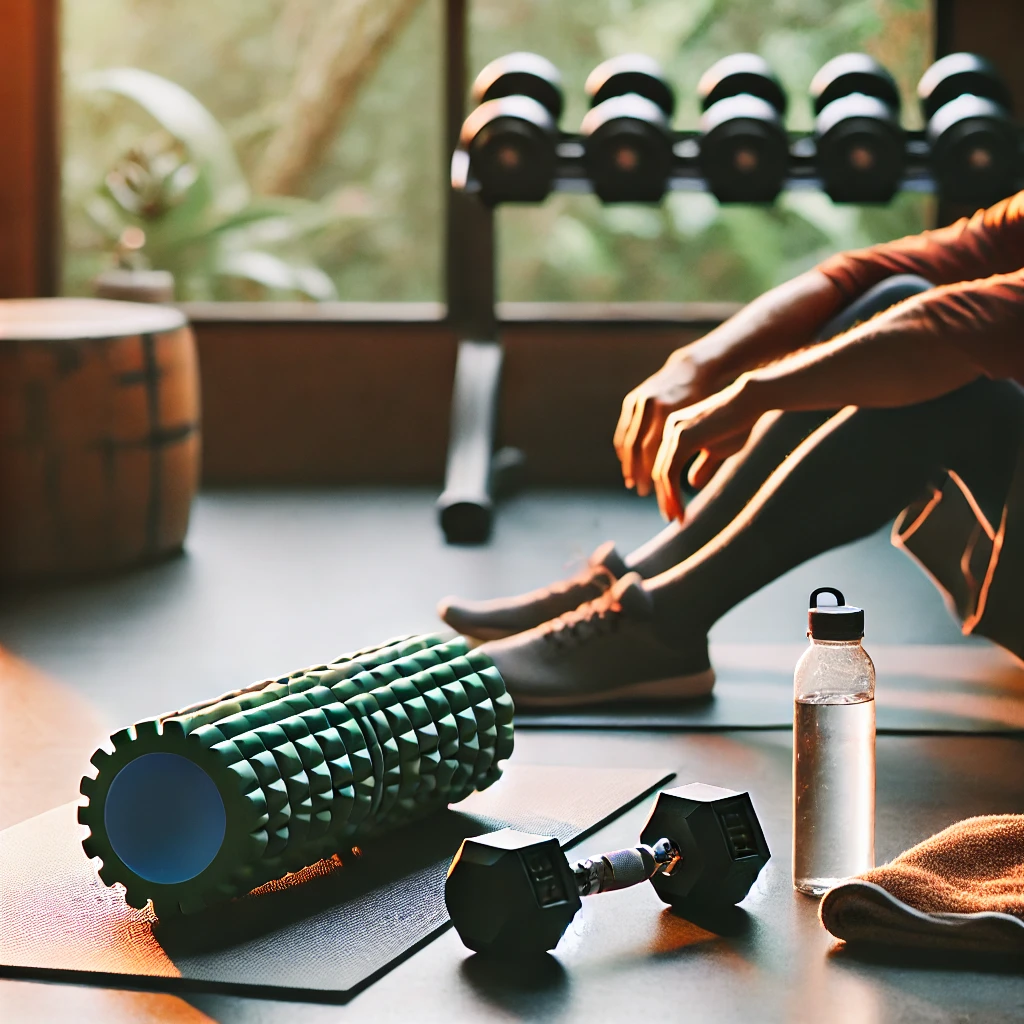
Why Recovery is Key to Your Fitness Success When you think of fitness, you might imagine intense workouts, lifting weights, or running fast. But there’s another essential part of getting

Fight Overview Terence Crawford displayed his greatness on a world stage with a ninth-round TKO victory over Errol Spence Jr. for the undisputed world championship of the welterweight division. Crawford

The journey of a martial artist will require one to seek and discern the parallels between their training and life itself. In Chinese martial arts, the symbolism of the tiger
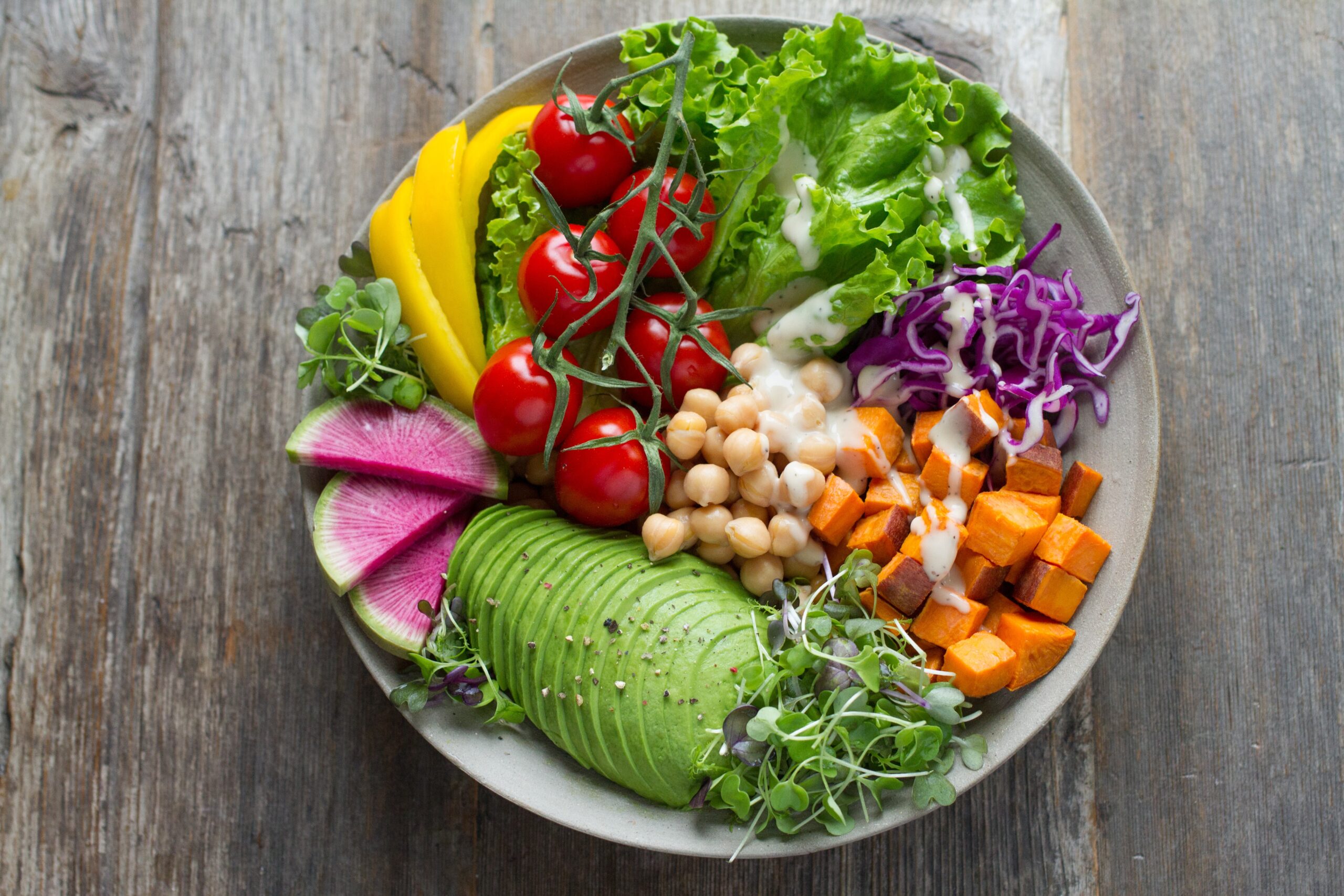
Maintaining healthy blood sugar levels is essential for overall health and well-being. Unstable blood sugar levels can cause a wide range of symptoms, including fatigue, headaches, mood swings, and even
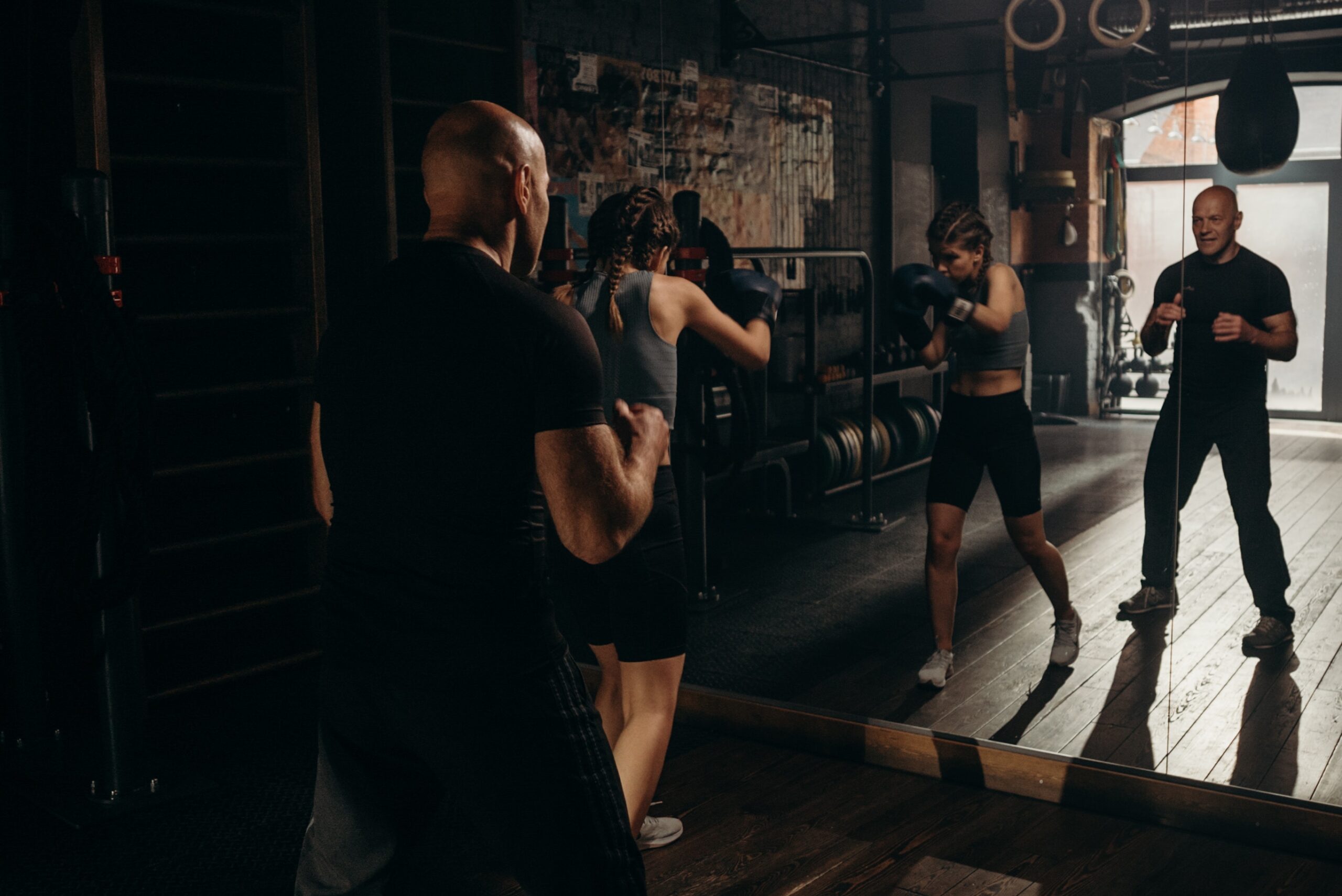
In a boxer’s corner, there are typically several individuals who play different roles in helping the fighter prepare for and execute their match. These roles include the head coach, assistant

Boxing is a popular combat sport that has been around for centuries, and it has evolved significantly over time. Nowadays, boxing matches are governed by sanctioning organizations that set strict

As an amateur boxer in America, there are several key steps that you can take in order to improve your skills and succeed in the sport. Here are some tips

Whether you’re a experienced gym-goer or just starting your fitness journey, the benefits of a home gym fast outweigh most pricey gym memberships. Thanks to tech, home gym workouts are
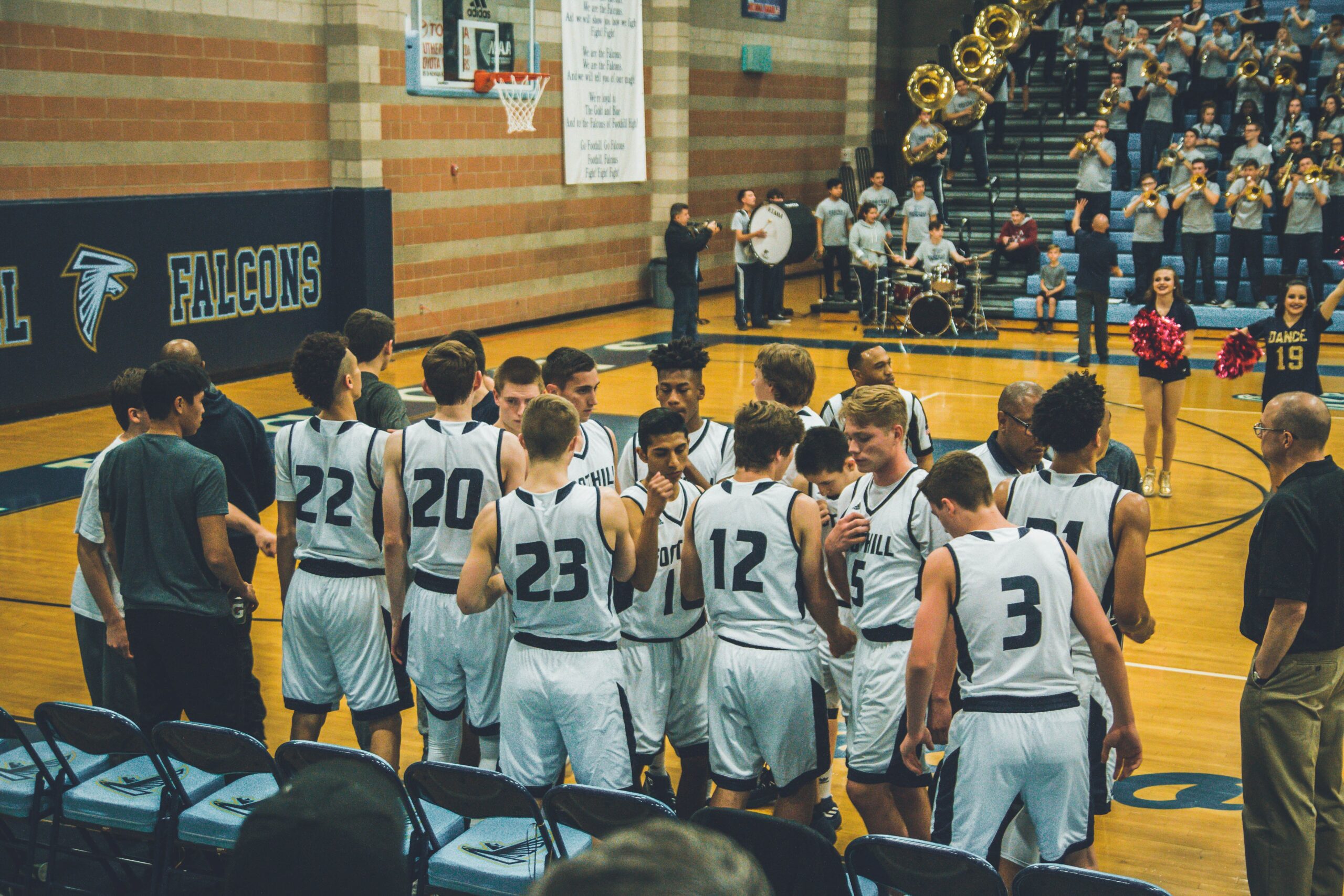
From youth to adulthood, strength and conditioning programs are a fundamental part of developing your athleticism, physical health, and well-being. More research shows how training should begin as early as